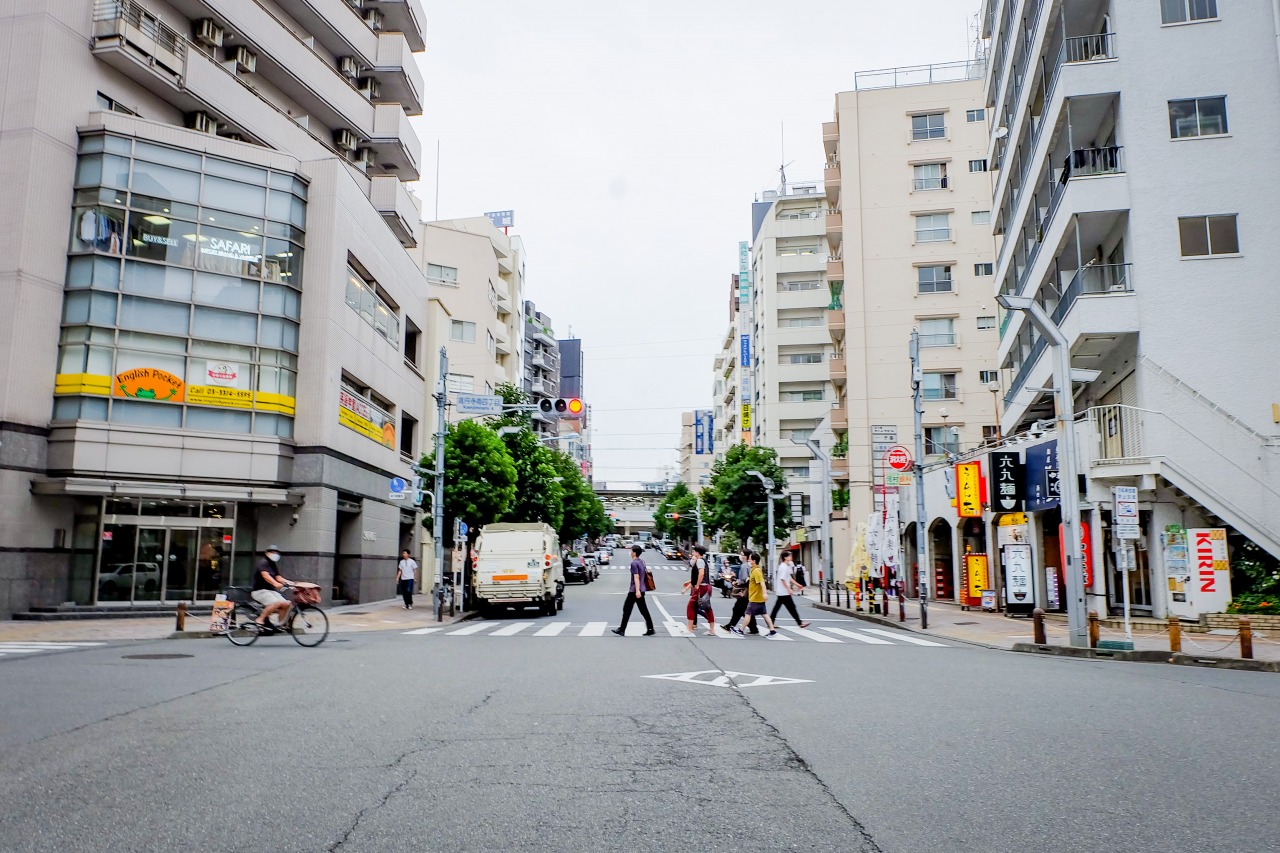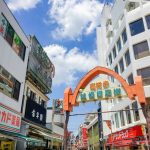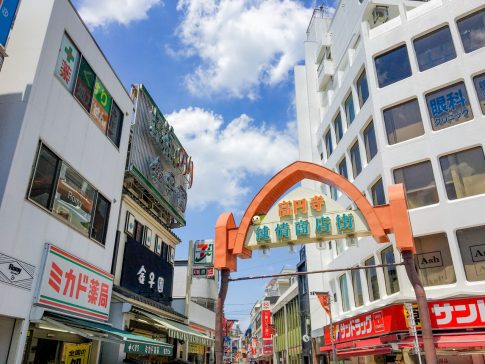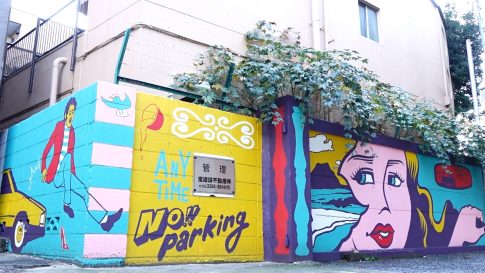Why not take a stroll around Koenji while staying at Koenji Junjo Hotel?
You may discover the charm of Koenji, a town beloved by young people, musicians, and comedians.
Contents
Characteristics of Koenji South Exit Area

Koenji is divided into north and south by the JR Chuo and Sobu Line overpasses.
The most notable feature of the Koenji South Exit area is the concentration of Japan’s largest number of vintage clothing stores.
On weekends, the area is filled with young people who love vintage clothing.
In addition, the number of stylish cafes and coffee stands is increasing, contributing to a more relaxed atmosphere.
Please go ahead and find your favorite shop!
Hikawa Shrine
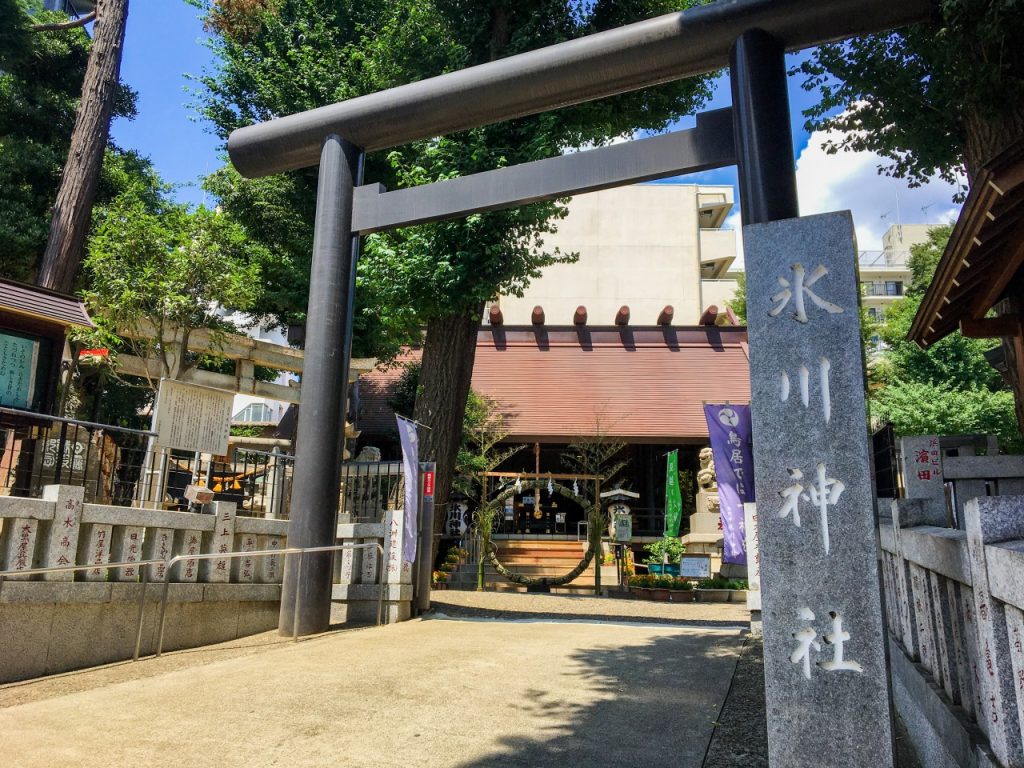
With the south exit of Koenji Station at your back as you leave the Koenji Junjo Guest House, there is a cafe called “Poemu” on the left side of the roundabout, and if you go down the hill at the corner, you will find the grounds of the Hikawa Shrine on the left.
Upon entering the shrine grounds, on the left side is the only weather shrine in the country, where many ema shaped like geta (wooden sandals) are dedicated to weather divination.
It is frequently visited by those praying for clear weather and by aspiring weather forecasters.

Koenji Central Park
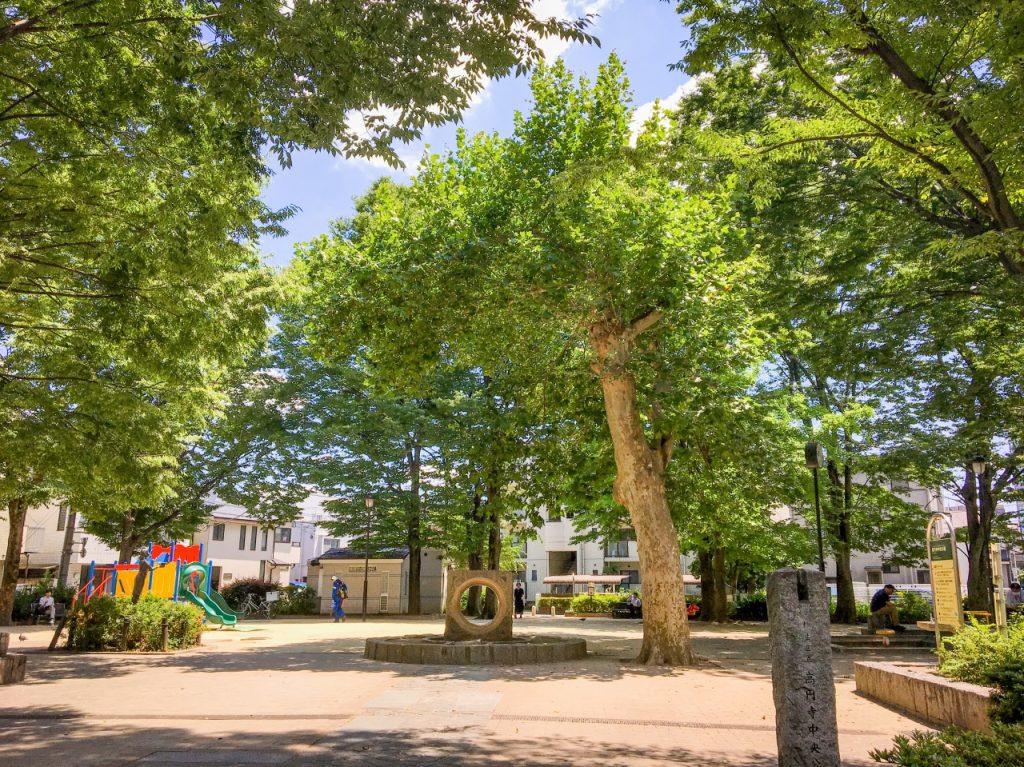
Continuing down the slope in front of Hikawa Shrine leads to Koenji Central Park.
This park is said to be the model for the park in Haruki Murakami’s novel “1Q84.”
It has shady trees that provide a resting place for those tired from exploring vintage shops.
Chosenji Temple
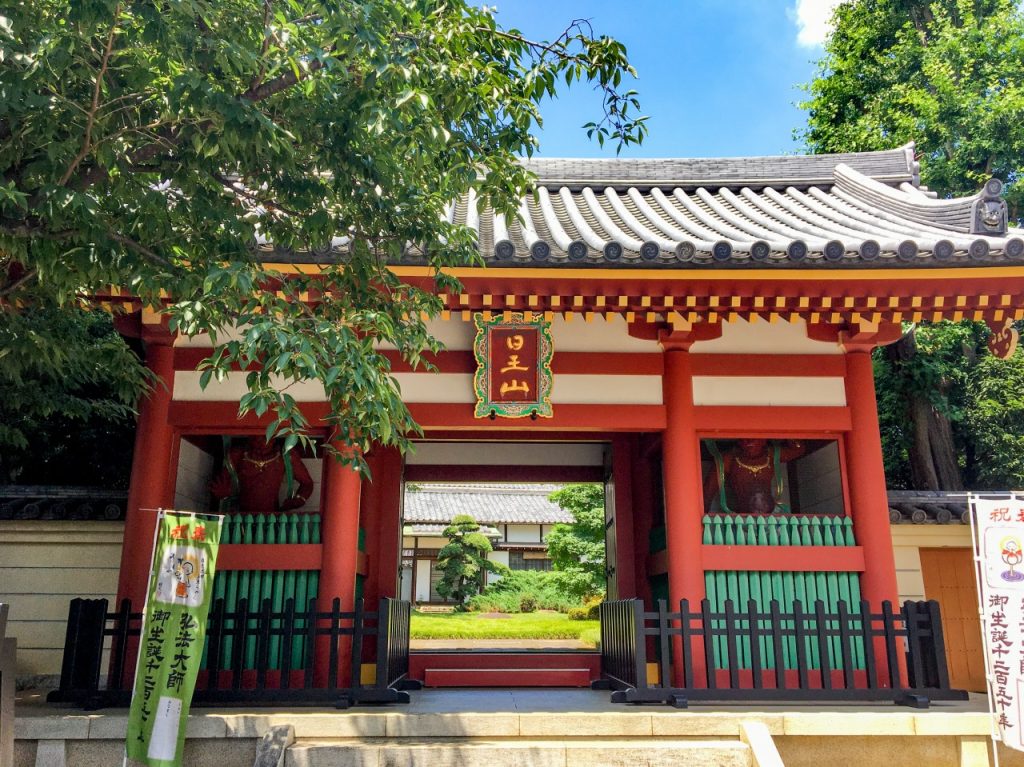
Walking south from Koenji Central Park toward Asagaya (west), you’ll pass through PAL Shopping Street and enter the Etoaru Street Shopping District.
A supermarket called “Seiyu” now stands where a movie theater called “Etoaru-za” used to be, which gave Etoaru Street its name.
In front of Seiyu, right on the driveway, is the Chosenji Temple.
The well-tended garden is gorgeous, and once you step inside, it feels tranquil and removed from the hustle and bustle of the city.
Momozonogawa Ryokudo (Momozono River Greenway)

Just one block south of Etoil Street is the Momozono River Greenway, which was culverted in 1967 (Showa 42).
The former water source was Amanuma Benten Pond, north of Ogikubo Station, and the river ran from Asagaya to Nakano, joining the Kanda River.
Before it was covered, the Momozono River often flooded, even submerging Etoil Street.
Today, it is lined with plants and statues, making it a delightful walking path.
A Walk from Guesthouse Koenji Junjo Hotel
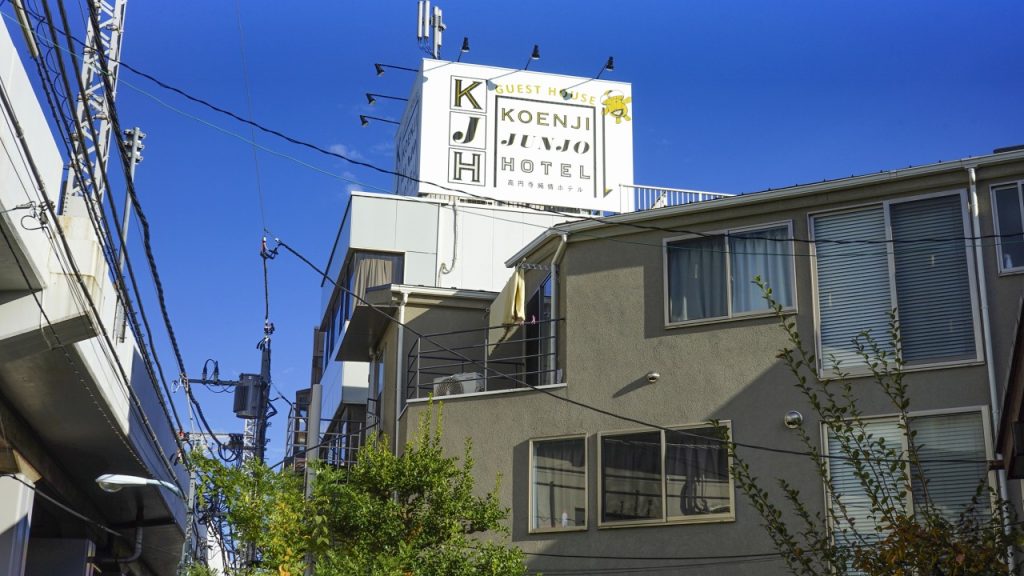
This is just one example, so please enjoy strolling around Koenji!

